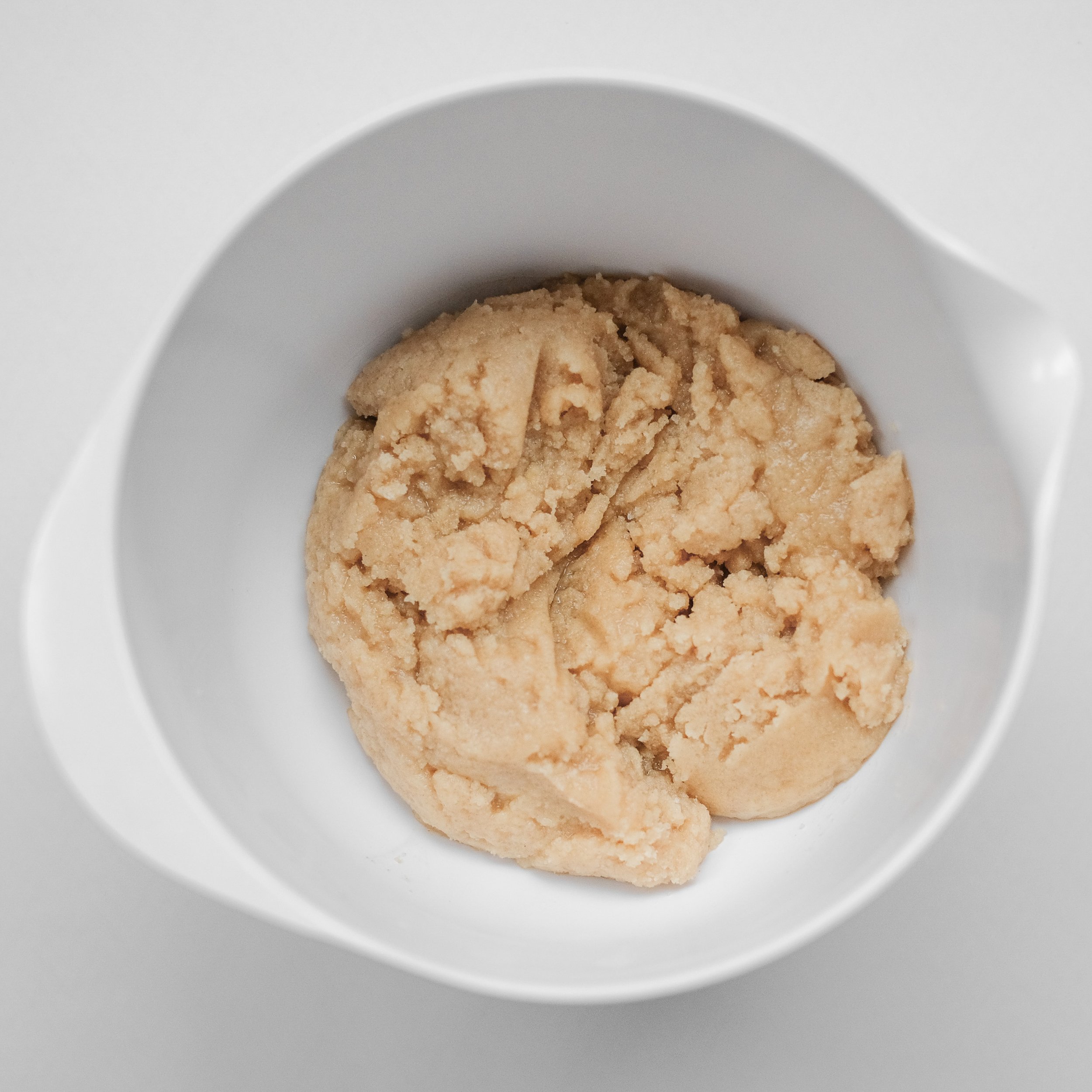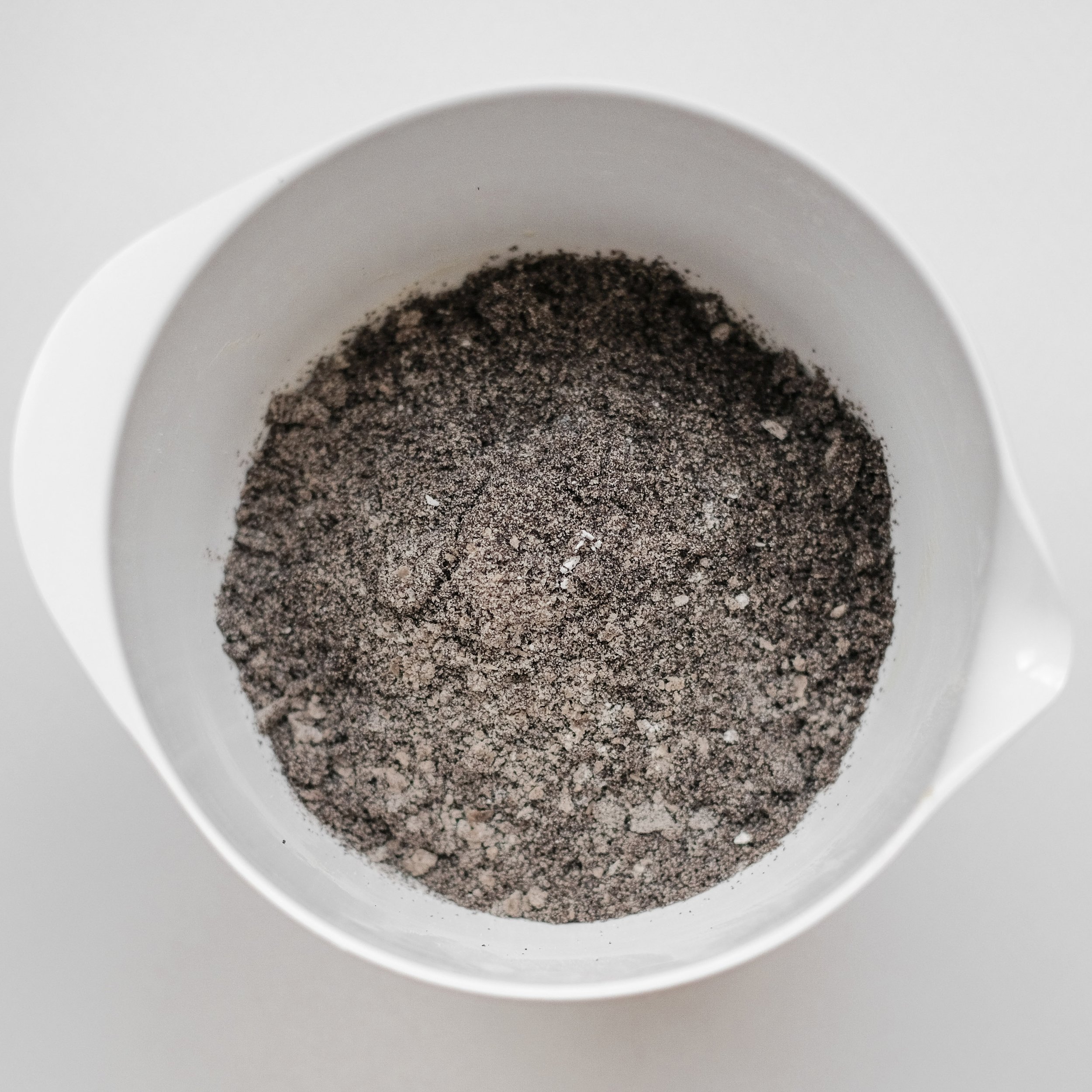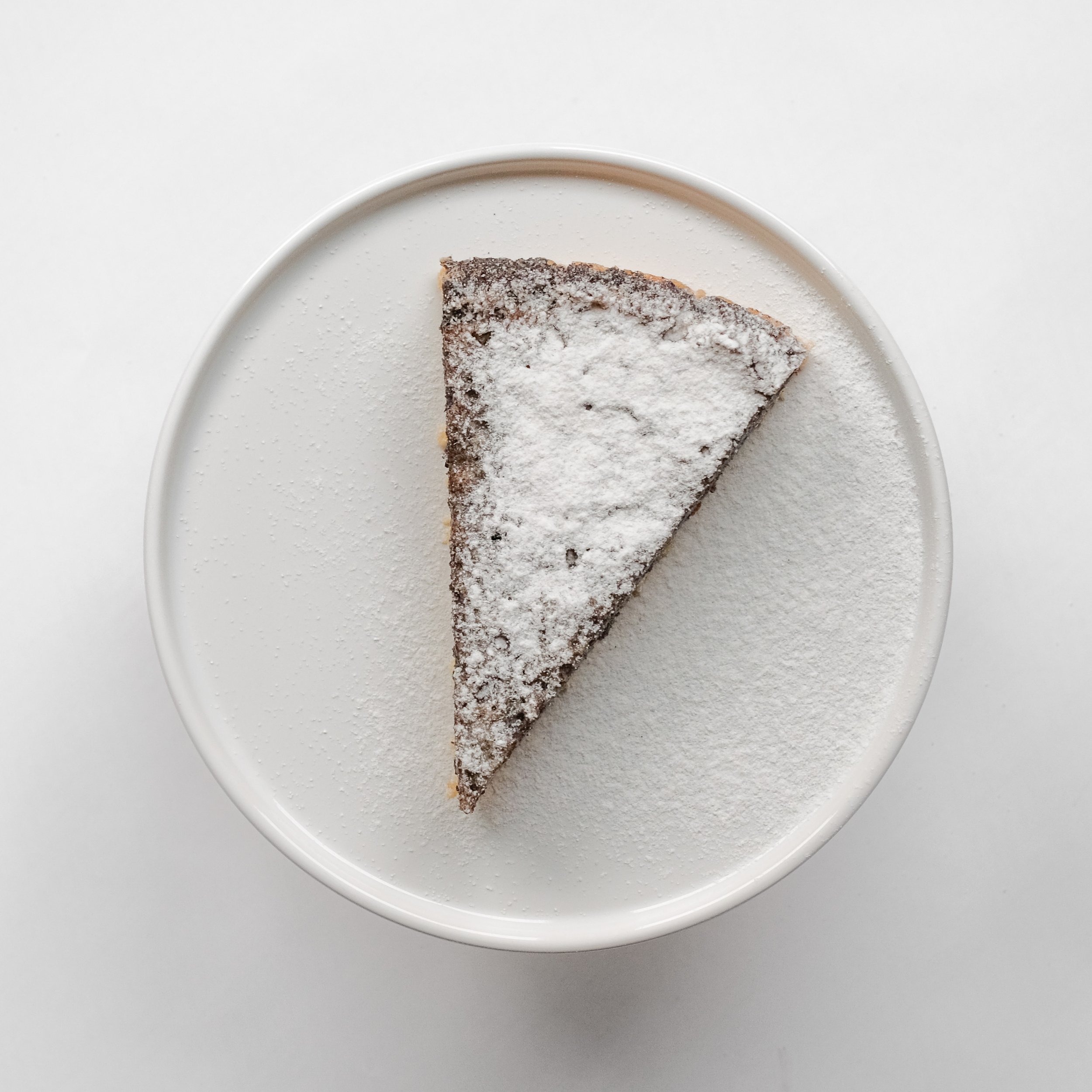I. Personal Intro
Nine schools, six childhood bedrooms, five cities, three countries, two continents. One parent late to the party, one on-and-off half-sibling. I was not raised with a clear plan regarding holiday traditions. What my oft-moving family did, made, ate, and believed around Christmastime was as volatile as each street address that was ours until it wasn’t. If life is change, my adolescence was change squared. There were no cozy constants, no strict adherences, no menorah on the mantel.
As an adult, I got inspired by the glimpses of hygge I caught around me when, briefly, I spent a surprise pregnancy imagining I might live happily ever after in Copenhagen. So I swapped the nostalgic magic of PL Christmas eves and the explosive energy of US Christmas mornings for the slow build of daily Advent gift-giving. And though I like to play around with such Polish mainstays as herring and wild mushrooms around the holidays, in the pre-Christmas rush I’ve eased back on the hardcore cooking to focus more on holiday sweets. As far as I’m concerned, the big family gathering could be held over desserts alone. (I tried to make this a thing in 2019, but people protested.)
Gingersnaps, American-style. Mexican wedding cookies, also known as Russian tea cakes—almond ones, pecan ones, ones made out of pine nuts. Creamy, sticky, crystal-clear Polish cranberry kisiel. Danish cardamom rolls. Lemon bundts, bars, and madeleines. Eggy chocolate brownies, vegan cocoa brownies. And on and on. I bake and bake from November to the New Year, rejoicing in the hits and learning from the misses. And at Christmastime, the long-awaited star of the sweet table is the poppy seed dessert, which I then make again and again well into January. A long-evolving treat—at one point it was a type of poppy soufflé topped with chocolate mousse—recently it has finally become a version of itself that seems finished. This post is both a celebration of an achievement and a place to write down the recipe for a friend. (Several friends, actually—because nearly everyone who tries this and is a baker wants the deets.)
II. Technical Intro
So what is this poppy seed creation I’m selling here? It’s a crunchy-crusted tall tart featuring a remarkable airy, creamy custard made of ground poppy seeds, whipped eggs, some brown butter, minimal sugar, and just a few other ingredients. The flavor of poppy seeds in so much quantity is nutty and tea-like, with a cooling quality. The aromatic accents I deploy to set it off are spare but lovely: creamy vanilla, maybe a hint of orange zest, the toasty splendor of beurre noisette. The texture is all crunch and creaminess, with the finely ground poppy seeds relinquishing their graininess for pure flavor. There’s also a satisfying bit of appealing chew from a smattering of finely chopped raisins and the like. (Chocolate works, too, if that’s something you like: a ganache topping or a fat stratum of fridge-set mousse both play well with the basic recipe.)
Poppy seeds are a fiercely Polish ingredient to feature in a holiday dessert, but I’ve interpreted them for an American palate and I’ve approached them using the baking techniques I acquired while living in the US. Thus, I keep the flavor clean, I salt both crust and filling, I aim for intense crunch in the pastry bottom, and I grind the poppy seeds dry, not wet, for a much smoother texture than is usual in Polish poppy seed baking. What I lose by not harnessing those yeasty aroma notes that make the classic Polish makowiec so delectable, I gain in mouthfeel, plus the brown butter and vanilla add up to a context for poppy seeds that’s perhaps just as good as yeast-risen viennoiserie.
This is easier to make than it might seem at first. Grinding all those poppy seeds in a (clean!) coffee grinder is not nearly as laborious as you’d expect. You can crank out that half-pound in five minutes even as you refill your mill a dozen times. And whipping the eggs is a cinch if you have a stand mixer, and practically a cinch if you don’t (in which case beat the whites only and add the yolks in with the other wet ingredients). Make this a few hours or a day ahead of serving. It’ll keep well for days in the fridge—just cover well to keep away off-flavors, or leave naked if, like me, you keep your fridge perfectly fragrance-free.
III. The Recipe
Makes one 25 cm (10") tart. If your pan is a bit smaller or larger, you’ll be fine. If it’s much smaller or larger—adjust accordingly.
Make sure to use a pan with high sides, springform or otherwise; this crust is so sturdy after it cools, you’ll have no trouble lifting the tart out as a rigid disc using the parchment lining the pan. And use a large parchment circle—this filling is quite thick. In fact, feel free to make more filling by scaling up the ingredients, for a higher, more cakelike tart that’s even more elegant, more luscious, and more unusual.
1. Poppy Seed Meal
—220 g [1½ cup] poppy seeds
—30 g [3 tbsp] potato starch or cornstarch
—25 g [2 tbsp] sugar
—¼ tsp salt
Mix well and grind to a powder using a coffee mill, high speed blender, or other device. If the chamber is small, refill often. The starch, sugar, and salt will keep the seeds from turning into seed butter, but you still might need to loosen some of the moister meal from around the mill’s blades. Collect the batches in a mixing bowl large enough to fit all the liquid ingredients you’ll be adding later.
2. Crunchy Crust
—225 g [1½ cup] wheat or spelt pastry flour
—80 g [scant ½ cup] sugar
—¼ tsp salt
—180 g butter, melted
—1 tsp vanilla extract
Mix dry ingredients well. Add butter and vanilla (stay alert! I’ve forgotten the vanilla more than once when making this crust—not a problem, but the vanilla is nice) and mix well with a spatula. Press into a parchment-lined pan in an even layer. Bake in a pre-heated 175° oven for 20-25 minutes, until you can smell butter cookies in the air and the color is golden. Remove from the oven and let rest for 2–5 minutes before filling. Turn the oven down to 150°.
3. Poppy Seed Meal Redux
—poppy seed meal (see above)
—200 g hot water
—60 g browned melted butter
—2 tsp vanilla extract
Stir the hot water, butter, and vanilla into the poppy seed meal. Make sure your bowl is big enough to fit the egg foam to come.
4. Sweetened Egg Foam
—3 eggs
—100 g [½ cup] sugar
If you have a powerful stand mixer, such as a KitchenAid, use the whisk attachment at high speed to beat whites plus yolks and sugar into a fluffy foam. If you like your desserts on the sweeter side, add another half cup of sugar and enjoy an even lighter and more stable foam. If you are beating by hand, go the whites-only route (I have never managed to replicate my KitchenAid’s effect with whole egg foams using a whisk alone) and stop when your foam holds soft peaks and appears moist and glossy (stiff, dry foams collapse and weep for significantly impaired raising power). As for the yolks, if you’re beating by hand, whip separately with some sugar for best effect or simply stir into the poppy seed base after it has cooled a bit. Regardless of how you managed your foam, when you’re ready to top the just-baked crust, combine the foam with the poppy seed meal base using a method that won’t deflate the aeration: first, stir in a third of your foam to lighten the poppy seed mixture, then fold the rest of the foam in carefully until just combined, using a spatula to incorporate the ingredients very gently.
5. Sweet Chewy Morsels
After folding the foam into the poppy base, just before filling the crust, add up to ½ cup finely chopped dried or candied fruit of your choosing—or distribute them directly onto the crust. I like one dried fig for its textural link to poppy seeds and a similar amount of raisins (I chop those too). I used to add candied orange peel as well, but now I prefer the version without orange aromas. Nuts are a no-go for me because the high moisture would make them lose their crunch. They could work in the crust, though.
6. That’s All, Folks!
Pour the filling into the crust and place the pan back into the now-cooled 150° oven for 25–30 minutes, until there’s no more wobble in the center of the tart. Cool thoroughly in the pan and move to the fridge for storage. Serve at room temperature or fridge-cold. Sprinkle with powdered sugar just before serving, or top with crumbled gingersnaps, chocolate ganache, whipped cream, or anything else you and yours fancy.
IV. Acknowledgments
I take full credit for the idea here and for the poppy seed filling. It was trial and error, year after year. However, for the heavenly crust I want to credit two amazing bakers and food bloggers who consistently inspire and inform my cooking and baking. One is David Lebovitz, creator of the ultimate lemon bars, which were my first experience with this type of pastry. The other is Deb Perelman, whose remarkable clafoutis-inspired bars I discovered last spring, amazed to find another dessert that deploys a similar type of easy crunchy bottom. That’s when it occurred to me to experiment with new toppings, including the poppy seed one I formerly used to bake in ramekins, as a sort of whimsical ritualistic Christmas custard.
All photos by the author, taken with the Fuji X-T20. (I don’t know how those food bloggers do it. Taking so many process photos—which then need to be processed—took ages. I’m surprised I got any baking done at all!)

























